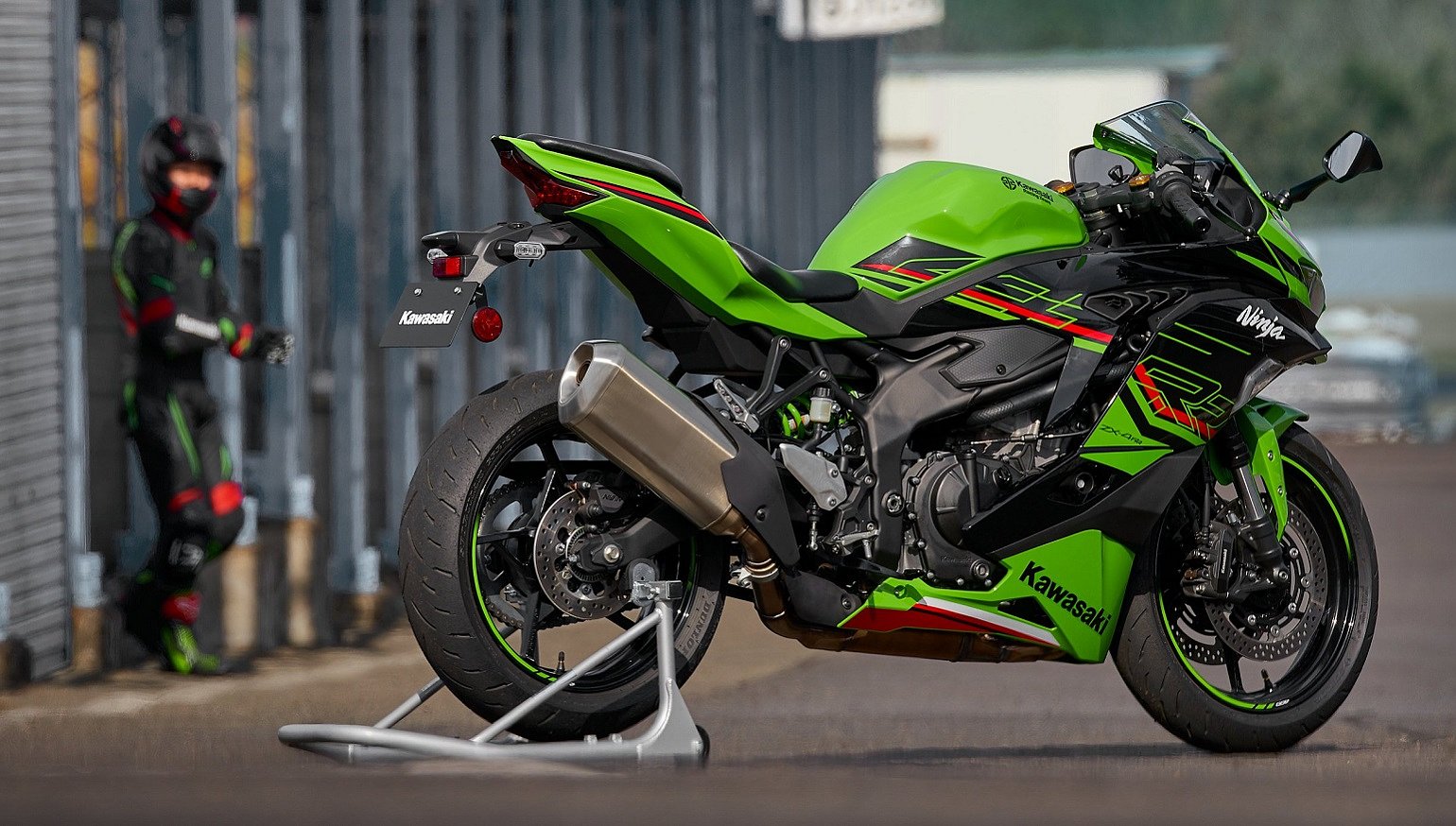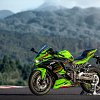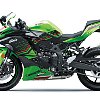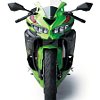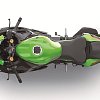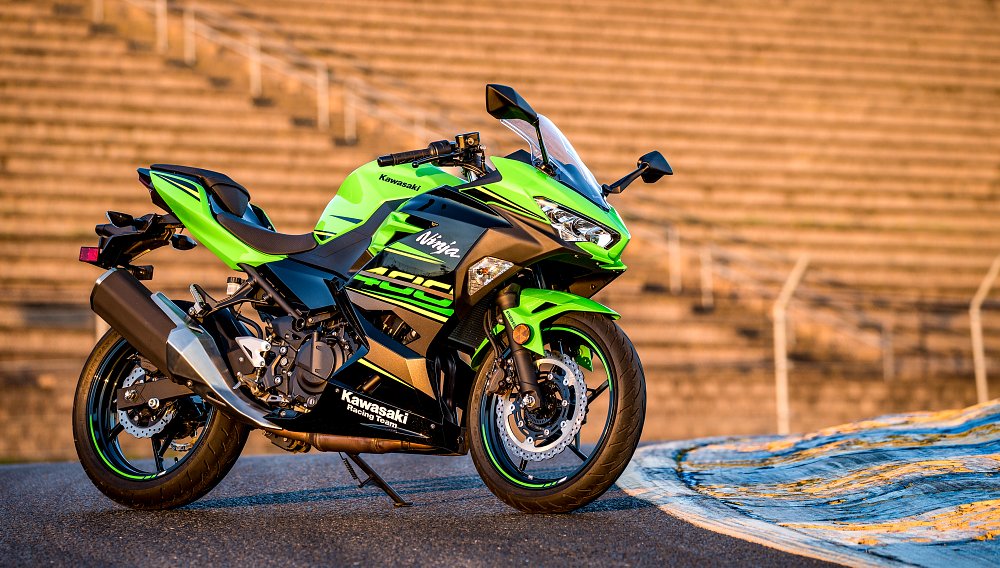Now that Kawasaki has officially confirmed that the high-revving, 399 cc, inline-four-cylinder ZX-4RR is coming to the U.S. market, the first question that popped into my mind is this: In the future, will the ZX-4RR be one of those cult bikes that few own but many talk about?
By "cult bike," I mean something like the Yamaha SRX600 from the 1980s or, more similarly, the FZR400 from the 1990s, motorcycles that were a little quirky and were more expensive than more practical alternatives and therefore didn't sell in big numbers, but are now uncommon, very desirable to some riders, and often sold at a premium. To me, the ZX-4RR has all the makings of a cult bike 20 years from now. But before we get into that, let's take a look at the details on the new little green screamer.
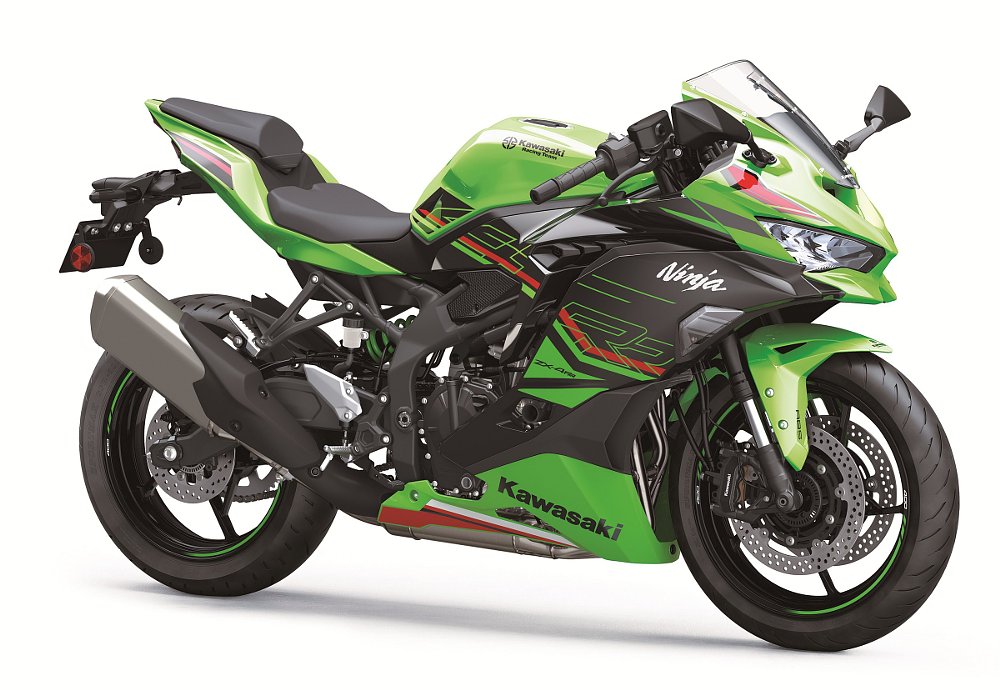
2023 Kawasaki ZX-4RR KRT Edition: Specs and details
The ZX-4RR is the answer to a question some enthusiasts ask: Why do only the big motorcycles get all the nice parts, cool features, and go-fast goodies? With liter-class sport bikes pushing 200 horsepower and requiring electronic intervention to keep riders from killing themselves, what if we had a performance bike with a level of horsepower humans could handle and that still offered upscale features?
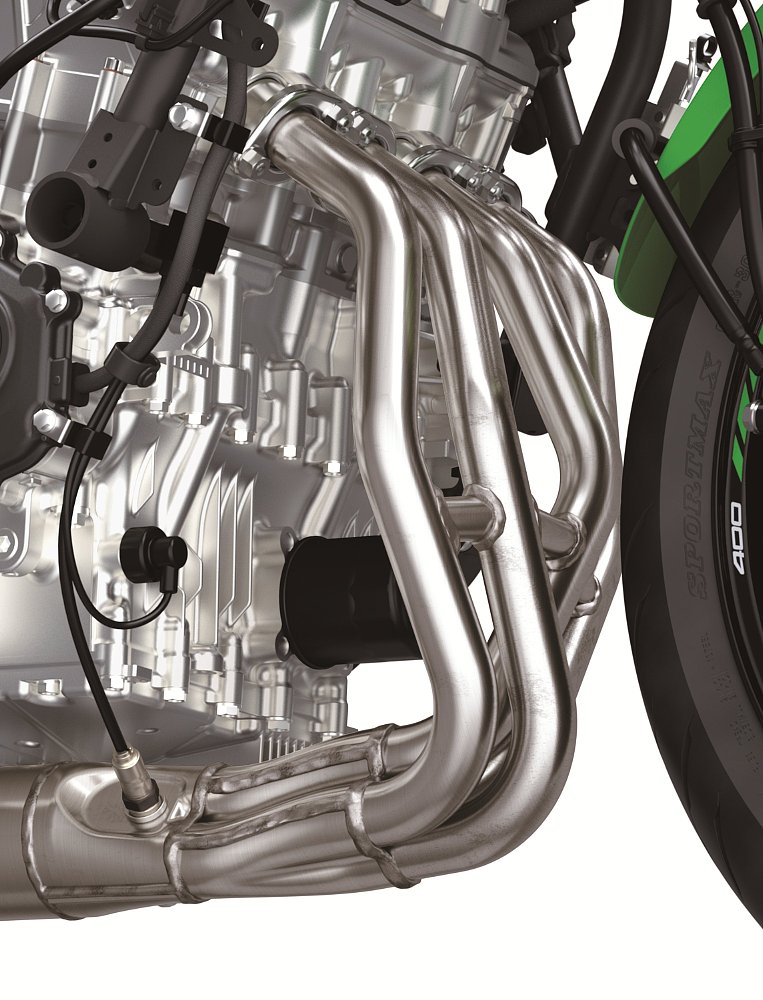
Kawasaki didn't provide a maximum horsepower figure, but said the torque peak hits at 11,000 rpm, at 26.5 foot-pounds, which confirms the inevitable: This engine is made to rev and you're going to want to keep it spinning at five-digit rpms for fast forward progress.
Other upgraded features on the 400 include an assist and slipper clutch, three levels of Kawasaki's traction control (KRTC), two power modes, three pre-set ride modes (Sport, Road, Rain) plus a customizable Rider mode, and ABS brakes. On top of that, you get premium features such as an up-and-down quickshifter and a 4.3-inch TFT display. Since no doubt many ZX-4RRs will spend some time (all of their time?) on the track, there's a Circuit mode on the display that features a lap timer and emphasizes the tachometer and gear position indicator.
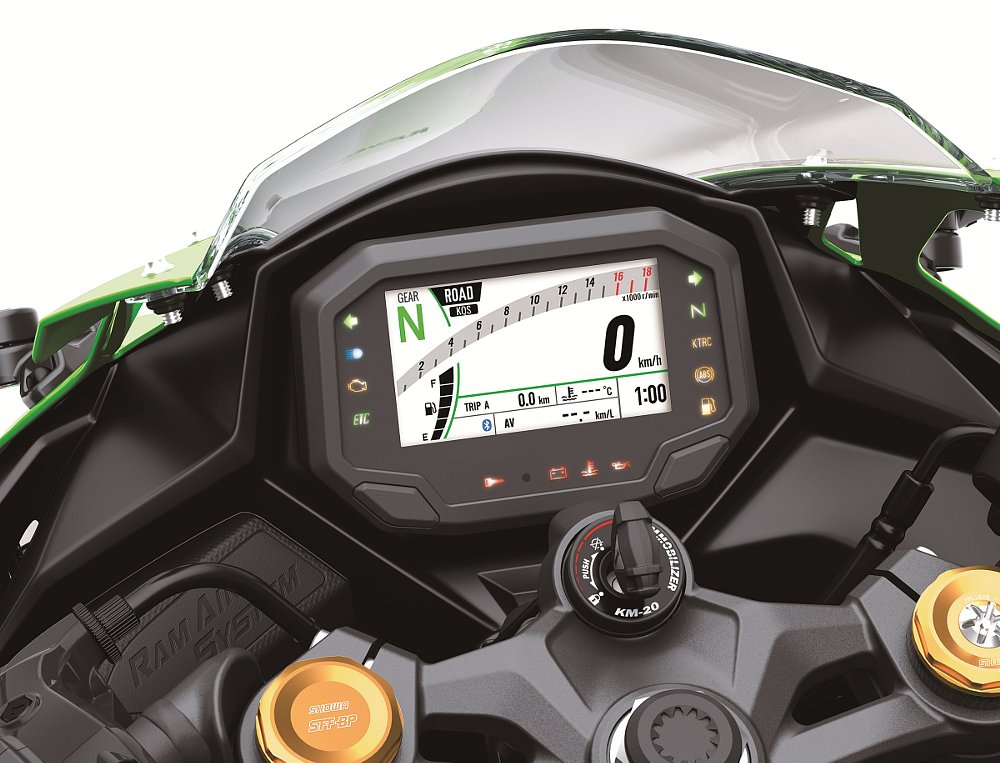
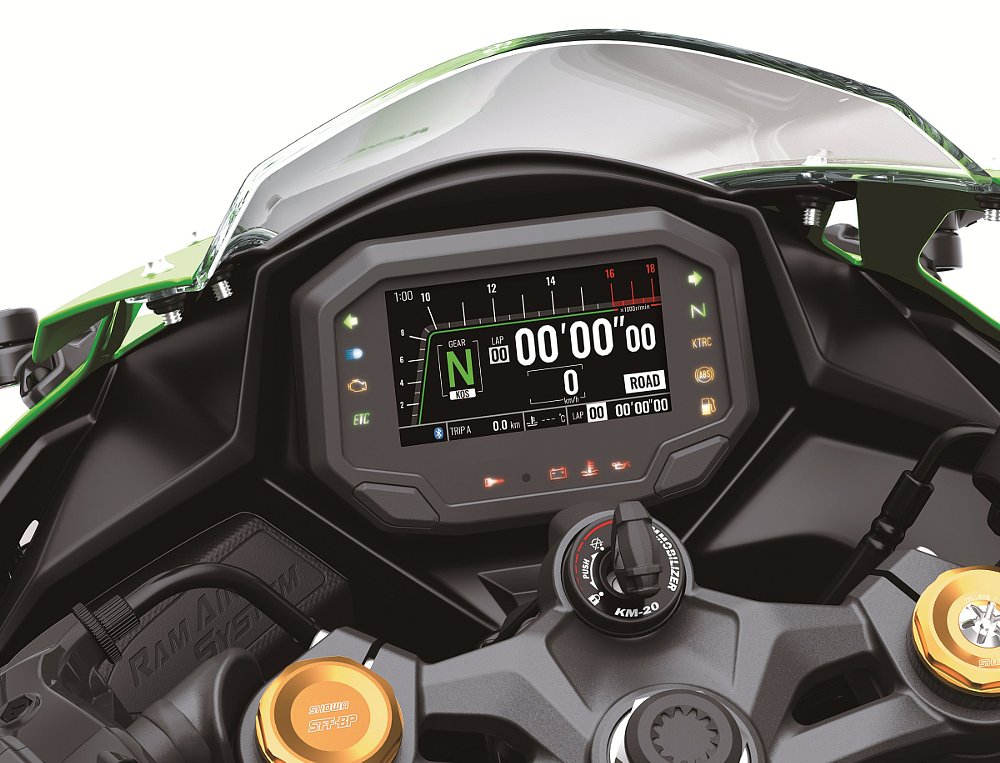
The Showa inverted fork and rear shock are closer to what you find on the top liter-class sport bikes than they are to the normal parts in the 400 class. Radial-mount front brake calipers should provide track-ready performance. In all, the ZX-4RR has some juicy performance parts.
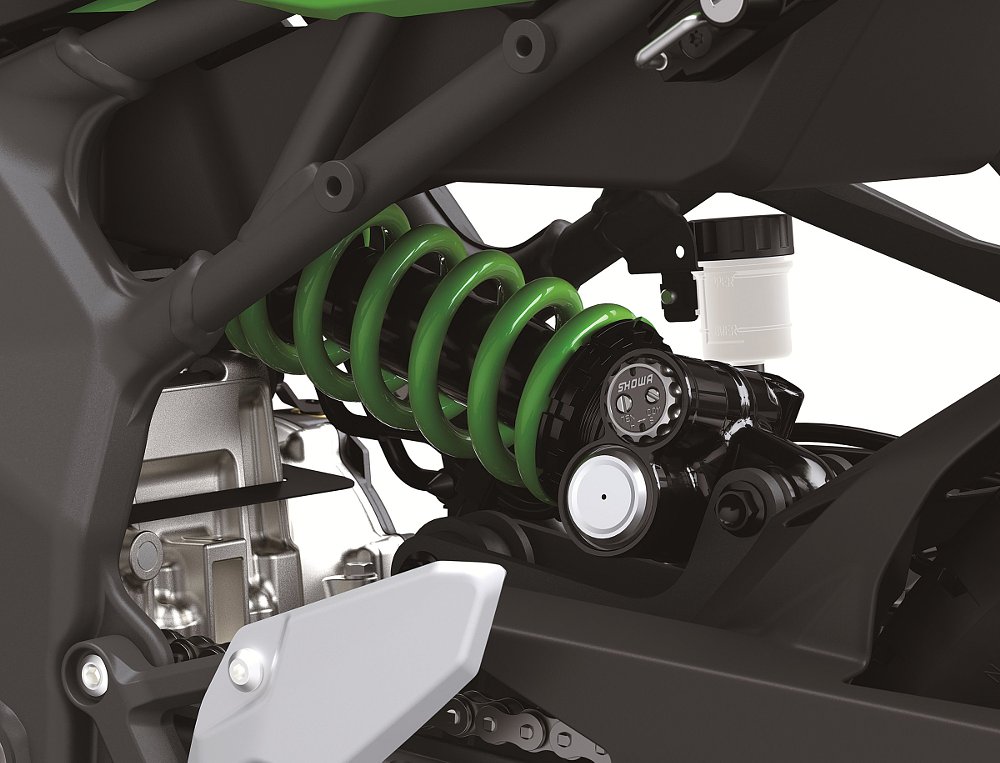
Of course that also brings a juicy price. MSRP in the U.S. market is $9,699. And that is a suitable segue into the cult bike discussion.

Why the little ZX could end up being a cult bike
The 400-class motorcycles are popular in some countries, where licensing restrictions or tax preferences favor them, but despite past attempts, they haven't caught on in the U.S. market. Practical and fun-to-ride 400s, such as Kawasaki's own twin-cylinder Ninja 400 and Z400, have gained popularity in recent years because they're just plain good motorcycles, suitable for beginning riders to learn on and fast and fun enough for experienced riders to enjoy, especially someone who wants to go to the track and focus on developing riding skills, rather than just blasting down the straight really fast.
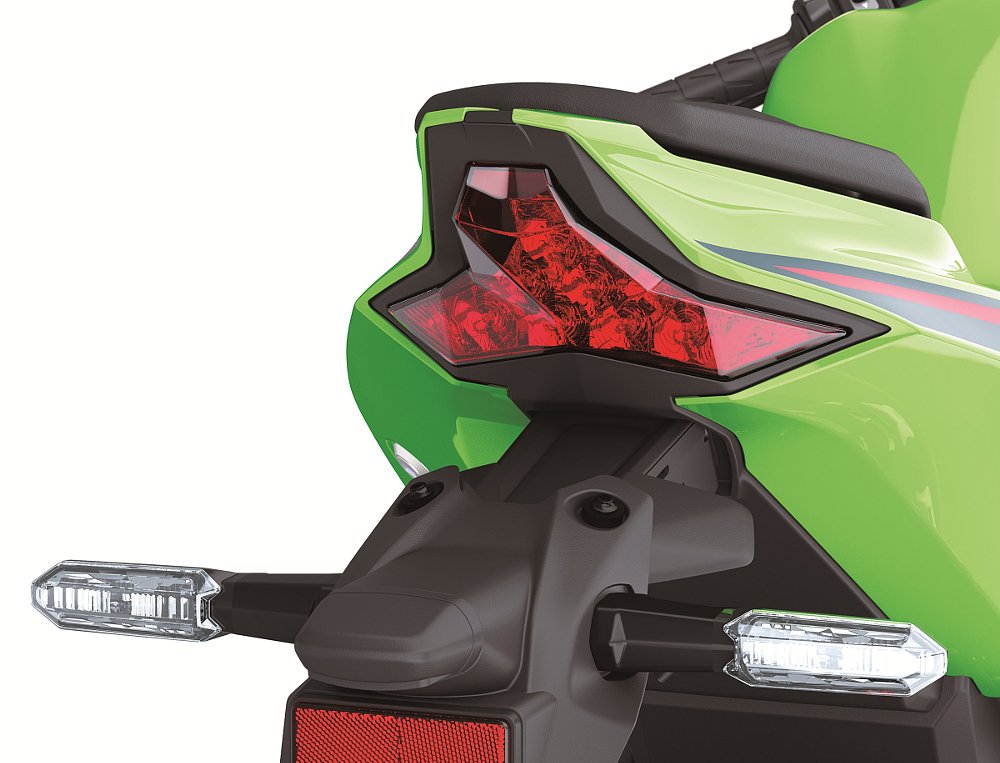
The four-cylinder, high-performance 400s, however, have never found sales success in the United States, and although I expect this to be the best sporting 400 we've ever had here, I don't think it will change that history. To me, it's the classic formula for a cult bike:
- A few people will want one really, really badly, building a small but enthusiastic following.
- The masses will choose something less expensive or more practical, ensuring ZX-4RRs will be scarce.
- After they're discontinued, years down the road, some people will still really, really want one, but few will be around.
- Scarcity and high prices for the rare used examples that survive track use will ensure cult status.
I couldn't write the script better. (And I can't even take full credit for the idea, since Andy Greaser wrote a very similar take last year.)
To elaborate on those points above, there are certain motorcycle enthusiasts who really appreciate engineering, even if they can't see it. Those riders would rather get the same horsepower out of a high-revving 400 cc inline four than from a 700 cc parallel twin. But those riders are a small minority.
That's where the price comes in. A younger, newer rider looking for a sporty bike is going to opt for the Ninja 400 that costs $4,000 less (with ABS) and weighs 50 pounds less, and frankly that rider will be better served by the Ninja. A more experienced rider seeking a sport bike for street and track might decide to spend $2,300 more and get a ZX-6R (or forgo ABS and pay just $1,000 for the ZX-6R). The "636" would be a more practical ride on the street and, for many, a preferable track-day motorcycle, too.
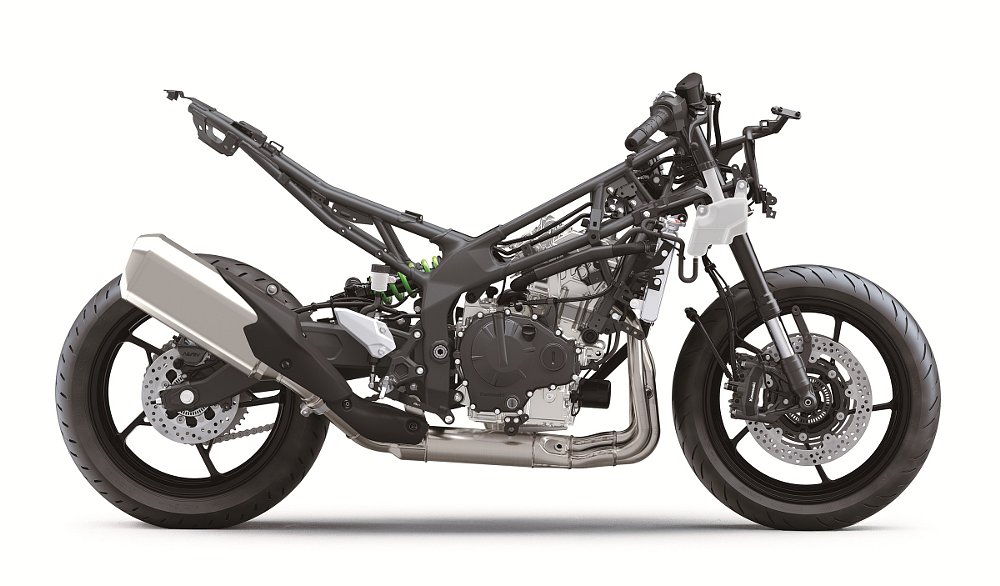
That's some pretty stiff competition for the ZX-4RR before you even shop outside the Kawasaki lineup.
Of course Kawasaki knows this. I'm sure the company executives aren't expecting to sell a boatload these 400s for nearly $10,000 a pop in the United States. This model is a nod to the enthusiasts who are willing to pay up for performance that most don't understand or appreciate. (And I will be surprised if we don't see some spec-racing classes for these bikes in amateur roadracing, which will also add a few sales.) But uniqueness and low initial sales are the first two ingredients for future cult bike status.
I would never counsel anyone to buy a motorcycle with the idea it will be an appreciating asset. But don't be surprised if, years down the road, you see some of these 400s selling for a tidy sum.
| 2023 Kawasaki ZX-4RR KRT Edition | |
|---|---|
| Price (MSRP) | $9,699 |
| Engine | 399 cc, liquid-cooled, 16-valve, inline four-cylinder |
|
Transmission, final drive |
Six-speed, chain |
| Claimed horsepower | NA |
| Claimed torque | 26.5 foot-pounds at 11,000 rpm |
| Frame | Steel trellis |
| Front suspension | Showa’s SFF-BP (Separate Function Fork - Big Piston) 37 mm inverted fork, adjustable for preload; 4.7 inches of travel |
| Rear suspension | Showa BFRC (Balance Free Rear Cushion) Lite shock, adjustable for preload, compression damping, rebound damping; 4.9 inches of travel |
| Front brake | Dual four-piston radial-mount calipers, 290 mm discs, with ABS |
| Rear brake | Single-piston caliper, 220 mm disc, with ABS |
| Rake, trail | 23.5 degrees, 3.8 inches |
| Wheelbase | 54.3 inches |
| Seat height | 31.5 inches |
| Fuel capacity | 4.0 gallons |
| Tires | Dunlop Sportmax GPR300, 120/70ZR17 front, 160/60ZR17 rear |
| Claimed weight | 414.5 pounds wet |
| Available | Spring 2023 |
| Warranty | 12 months |
| More info | kawasaki.com |




